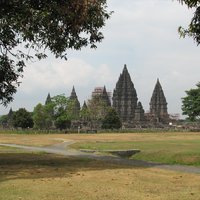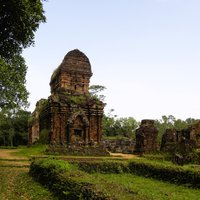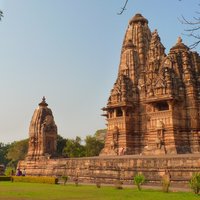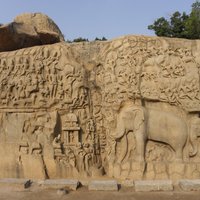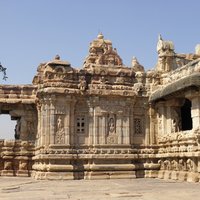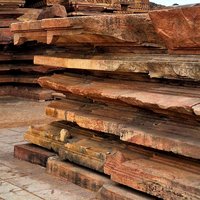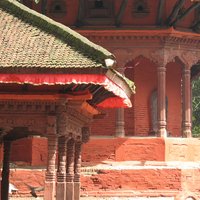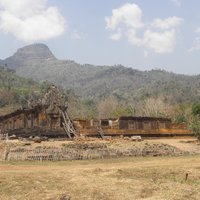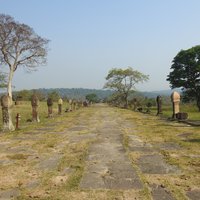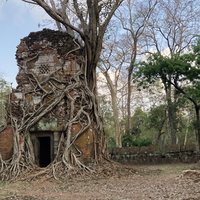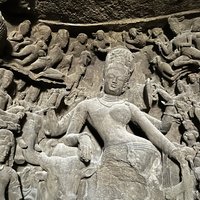Connected Sites
-
"Built in the 10th century, this is the largest temple compound dedicated to Shiva in Indonesia" (UNESCO description)
-
"The temples are dedicated to the veneration of God in accordance with Shaivism, wherein God is named Shiva, or The Auspicious One. In this particular complex, he is venerated under various local names, the most important of which is Bhadreshvara." (wiki)
See en.wikipedia.org
-
"Of the surviving temples, six are dedicated to Shiva" (wiki), including the largest temple of the complex, the Kandariya Mahadeva Temple
See en.wikipedia.org
-
Criterion (vi): The sanctuary is one of the major centres of the cult of Siva. (OUV)
-
"Pattadakal possesses a sort of holy city comprised of an impressive series of eight Hindu temples dedicated to Siva. Somewhat off to the side, towards the village, is the ninth Sivaite sanctuary, the Temple of Papanatha," (AB ev)
-
"the Rudreshwara (Ramappa) Temple is a living Brahminical Shiva Temple, following all the authentic Shaiva-Agama rituals" (OUV authenticity statement)
-
Pashupatinath Temple, "one of the most sacred Shiva Kshetras (abodes of Shiva) in Skanda Purana... dedicated to Pashupati, a form of Shiva."
See en.wikipedia.org
-
"The Gangaikonda Cholapuram Temple is smaller yet more refined than the Thanjavur Temple. Both are among the largest Shiva temples in South India" (wiki)
See en.wikipedia.org
-
"It is focused on, to the west, the natural features of Phou Kao Mountain and, on the east, the Mekong River, used to represent respectively the sacred mountain dwelling of the god Shiva and the Ganges River or the Universal Ocean." (AB ev) "The elements lead to a shrine where a lingam dedicated to Lord Shiva was bathed in water from a mountain spring."
See www.tourismlaos.org
-
"Both then and in the following centuries, it was dedicated to the Hindu god Shiva in his manifestations as the mountain gods Sikharesvara and Bhadresvara." (wiki)
See en.wikipedia.org
-
"Prasat Prang is a thirty-eight-metre-high stepped pyramid constructed as the Koh Ker version of Mount Meru and Kailash, the earthly abode of Lord Shiva." – Criterion iv "is justified by the State Party on the grounds that Koh Ker is an outstanding example of an urban ensemble of a preconceived layout of the sacred symbolic mandala representing the Shiva cult (...)." (AB Ev) – "The capital of Koh Ker, when established, was unparalleled in the entire Southeast Asia, as also its pyramidal temple, as a regional centre of Shiva Worship." – Jayavarman IV's "bid to establish Koh Ker as the centre of Shiva devotion and the Hindu cosmos is manifested in the distinct sacred urban design, monumental structures and infrastructure". (Nomination file, p. vii) – "(...) the city was also not explicitly named after [Jayavarman IV] but was rather called 'Lingapura, the city of Lingas, the abode of Shiva'." (Nomination file, p. 87)
-
"Criteria (i): The fifteen large reliefs surrounding the lingam chapel in the main Elephanta Cave not only constitute one of the greatest examples of Indian art but also one of the most important collections for the cult of Shiva." (OUV)

